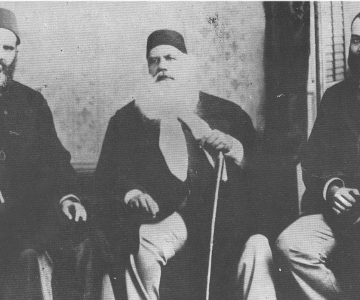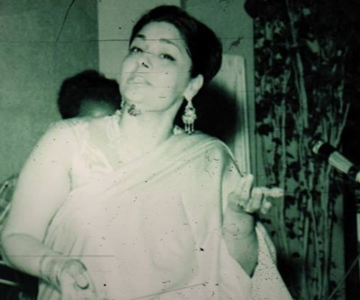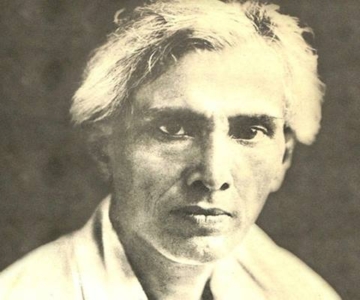So many wake-up calls
The unrelenting terror trail across India recalls young Pakistani author Raza Rumi’s wistful remark that Hindu-Muslim amity seems like “a fairy tale from Never-Never land”. But surely India can wake up and recall how she managed things? Here’s an old story about one of modern India’s favourite songs, Damadam Mast Qalandar. Runa Laila of Bangladesh, Reshma of Pakistan and the Wadali Brothers of India have all sung it. The song came back this month with Ruby, Reshma’s daughter, who was in Delhi to sing at a Deepavali party held in a Muslim gentleman’s house.
The fact is that Jhuley Lal and Lal Shahbaz Qalandar are the patron saints of both Hindus and Muslims. Jhuley Lal (or Udero Lal/Amar Lal/Lal Sain) is said to have saved a large number of Sindhi Hindus from genocide at the hands of a local Shah, when Alauddin Khilji was sultan of Delhi. Jhuleylal is painted as a greybeard riding on the ‘fruit of the Indus’, the famous river fish called ‘palla’ (hilsa ilisha), like Ganga on her crocodile. Shahbaz Qalandar was a long-lived personage (1177-1274). Born Syed Muhammed Usman in Marwand, Iran, he learnt the entire Qur’an by the age of seven and at 20 became a Sufi of the Qalandaria order. In 1263 his wanderings fetched him to Sehwan in southern Sindh, where he lived in a tree trunk outside town.
‘Lal Shabaz’ got his name from his red robes and, says legend, from turning into a falcon to rescue his friend Sheikh Farid Shakarganj from the gallows of fanatical mullahs. Hindus revere Shahbaz Qalandar as the reincarnation of Bhartrihari, the ascetic elder brother of King Vikramaditya of Ujjain, whose era we follow as ‘Vikram Samvat’. So his grave reportedly has a stack of Qur’ans on one side and diya-agarbatti on the other. The song affirms the Sufi: ‘Char chiragh tere balan hamesha, panjwa main baalan’ (‘Your shrine is always lit by four lamps and the fifth is lit by me’). Quite in the spirit of Deepavali.



